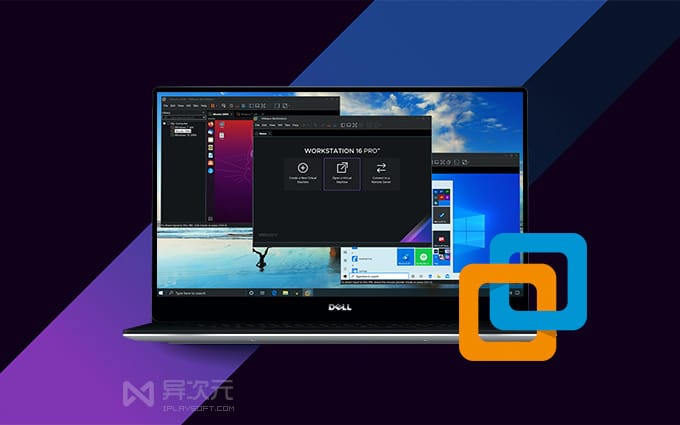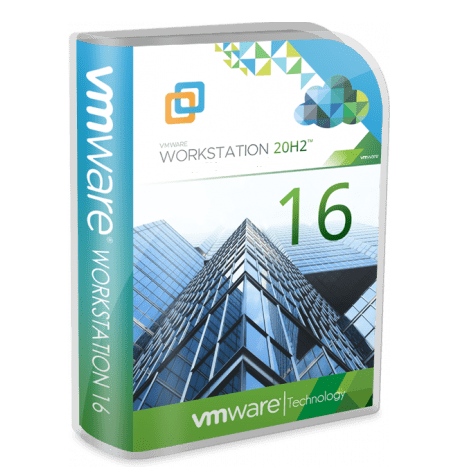


(Arch Linux with AUR just compiles OK with dkms but it's not for "the faint hearted". If you use Linux Hosts - seems 99% of the time if there's a kernel update then VMWare fails to install for one reason or another - latest bit of "Bonkosity" is with Fedora 33 - the Linux headers are at a different level to the kernel so VMWare just fails. Stick to V15 or HYPER-V or if you can use Linux - KVM/QEMU. on a remote machine with no users logged on to it. I like to run servers headless so having accessible VM's in the background that I can access remotely is what I need to do - I don't need to be logged on to a Host system to be able to access a VM !!!!!! - Nothing wrong in using a remote laptop via RDP / VNC etc to access a VM. I'd stick with V15 if I were you - V16 doesn't (AFAIK) allow shared VM's - also seems user has to be logged on while VM is active - i.e you can't have the VM running with no user logged on to the Host. Macrium Home Premium, Revo Pro, Screenspresso Pro Other Info: Canon MX410 series Printer/Fax/Scanner/Copier, Hard Drives: PM9A1 NVMe Samsung 2048GB 2048.4 GB (Boot),Īntivirus: Defender, MBAM, SuperAntiSpyware PSU: 1000W PSU Liquid Cooled Chassis - CyberPower 1500 UPSĬase: Alienware Mid-Tower Dark side of the MoonĬooling: Liquid Cooled - 3 fan - Top exhaust Screen Resolution: 1920 x 1080 x 60 hertz

Monitor(s) Displays: Samsung 27" Curved C27F591 Sound Card: Realtek High Definition Audio Graphics Card: NVIDIA GeForce RTX 3080 w/10GB GDDR5X mem OS: Multi-boot Windows 10/11 - RTM, RP, Beta, and InsiderĬPU: 11th Gen Intel(R) Core(TM) i9-11900KF 3.50GHz, 3401 Mhz, 8 Core(s), 16 Logical Processors tib file format.System Manufacturer/Model Number: Alienware R12 Using the sync program saves Acronis from trying to compress the VM files and store them in. The approach I use is to use a synchronisation program to mirror any changes to my D:\VMware folder where all my VM's are stored to an external USB 3.0 HDD drive, and run the program after each time I have been using a VM, when I am happy that all was good! If I have had any issues with the VM, I keep the option to delete the local copy and copy back the VM data from the external drive. My VM's currently add up to around 530GB in size, so having them on C: would either require that I exclude the files / folders or else cause my OS backups to be increased by this size! I store my VM's on a second disk in a separate partition well away from my C: drive so that it has no impact on my regular OS backup tasks. Wisch, I use VMware Player 16 on my own laptop and have multiple different VM's that I use but after initially using ATI to backup my VM's, I quickly came to the conclusion that this was wasting a lot of my time!


 0 kommentar(er)
0 kommentar(er)
